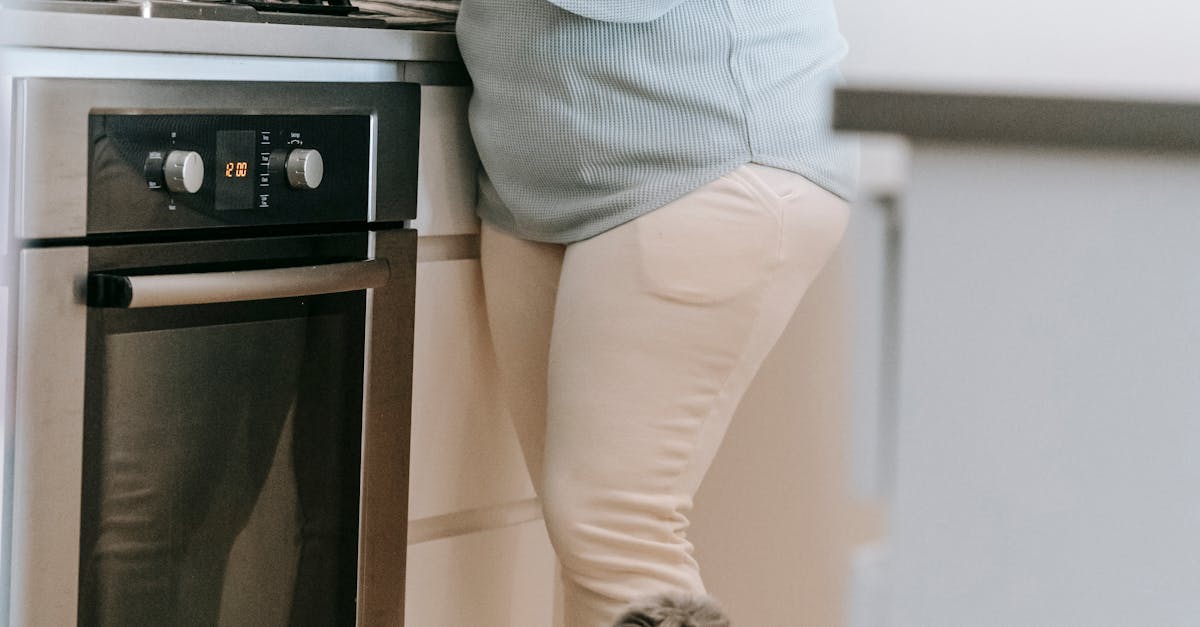Discovering the World of Homemade Pet Food
Pet owners are increasingly focused on the well-being of their furry friends, and diet plays a crucial role in that regard. The trend of making homemade pet food has gained traction, driven by a growing awareness of pet nutrition and concerns about commercial pet food quality. But is homemade pet food a good idea or not? Let’s dive into the pros and cons of making your pet’s meals at home.
Why Homemade Pet Food is a Hot Topic
- Customized Nutritional Needs: Every pet is unique. Some may have allergies, some may require low-fat diets, and others may need extra proteins. Homemade pet food allows for tailoring specific dietary requirements.
- Control Over Ingredients: Many pet owners are wary about the preservatives, fillers, and artificial additives in commercial pet food. Making food at home ensures the use of fresh, natural ingredients.
- Bonding Experience: Cooking for your pet can strengthen the bond between you and your furry friend. It’s an act of love and care that doesn’t go unnoticed by your companion.
The Growing Concerns About Commercial Pet Food
Recent recalls and food safety concerns have made pet owners skeptical about the quality of commercial pet food. Chemicals such as BHA, BHT, and other harmful preservatives can pose serious health risks to pets. Moreover, lack of transparency from some manufacturers about their ingredient sources adds to the anxiety.
Advantages of Homemade Pet Food 🐶🍲
Enhanced Nutritional Content
Homemade pet food can offer higher nutritional value as you use fresh, organic ingredients without the unhealthy by-products commonly found in store-bought pet food.
Customization for Health Conditions
Pets with specific health issues such as kidney disease, diabetes, or food allergies benefit significantly from a customized diet. Veterinarian-approved homemade meals can prevent flare-ups and manage health conditions better.
Avoiding Allergens and Additives
Commercial pet foods often contain grains, preservatives, and dyes that may not agree with all pets. Homemade food can help avoid such allergens and provide a cleaner diet.
| Common Allergens | Possible Symptoms |
|---|---|
| Corn | Itching, diarrhea, ear infections |
| Wheat | Skin rashes, digestive issues |
| Dairy | Vomiting, diarrhea |
| Artificial Colors | Hyperactivity, allergies |
Cost-Effective in the Long Run
While the initial cost might seem higher due to the purchase of fresh, high-quality ingredients, homemade pet food can be cost-effective in the long run. You may save on vet bills and specialized dietary products.
Drawbacks to Consider 🐱⚖️
Time-Consuming
Preparing homemade pet food is time-intensive. It requires planning, grocery shopping, and cooking, which can be challenging for busy pet owners.
Nutritional Balance
One of the biggest challenges is ensuring the pet’s diet is nutritionally complete. Pets have different nutrient requirements than humans, and a diet lacking in essential nutrients can lead to severe health issues.
Quotes from experts highlight this point:
“Pets need a balance of protein, fats, and carbohydrates, as well as vitamins and minerals that aren’t easily met with homemade diets,” – Dr. Susan Wynn, DVM.
Risk of Contamination
Improper storage or cooking methods can lead to bacterial contamination, posing a risk to pet health. Pet owners must follow strict hygiene practices to ensure food safety.
Initial Learning Curve
Understanding the dietary needs and learning how to prepare balanced meals can be daunting. Consulting a veterinary nutritionist is often a necessity, adding to the complexity and cost.
Inconvenient for Petsitters
Traveling or leaving pets with sitters can complicate things. Preparing homemade food in advance and ensuring the caregiver follows the diet can be inconvenient.
Balancing Act: How to Do It Right 🎯🍽️
Consult a Veterinarian or Pet Nutritionist
Before starting, get professional advice to understand your pet’s specific dietary needs. A professional can provide recipes that ensure all nutritional requirements are met.
Follow Reliable Recipes
Use tried and trusted recipes. Websites like PetDiets and BalanceIT offer valuable resources for balanced homemade pet meals.
Use Supplements
Commercial pet foods are fortified with essential vitamins and minerals, while homemade foods might lack these. Supplements can help ensure a balanced diet.
Maintain Proper Hygiene
Store ingredients appropriately and cook meats thoroughly to avoid the risk of bacterial contamination. Always wash your hands and kitchen tools before and after food preparation.
Taking the Next Step 🐾💡
Evaluate Your Schedule
Assess if you have the time and energy to commit to this lifestyle. Regular meal preparations require dedication and consistency.
Trial and Monitor
Start with a small trial period. Monitor your pet’s health, energy levels, and behavioral changes. Keep a food diary and record any signs of health issues.
Seek Community Support
Join online forums or local pet groups focused on homemade pet food. Shared experiences and advice can be invaluable.
Final Thoughts on Homemade Pet Food 🏡✨
Making homemade pet food is a labor of love that comes with its set of advantages and challenges. For those who can commit the time, money, and effort, it can lead to healthier and happier pets. However, the risks of nutritional imbalances and potential food safety issues should not be taken lightly.
Ultimately, pet owners must weigh these factors and consult professionals to make informed decisions. Whether you choose to go the homemade route or stick with commercial food, the goal remains the same: ensuring your pet lives a healthy, happy life.
Are you ready to take the plunge into homemade pet food? Equip yourself with the right knowledge, consult the experts, and start your journey towards a more tailored, nutritious diet for your furry friend! 🐾













